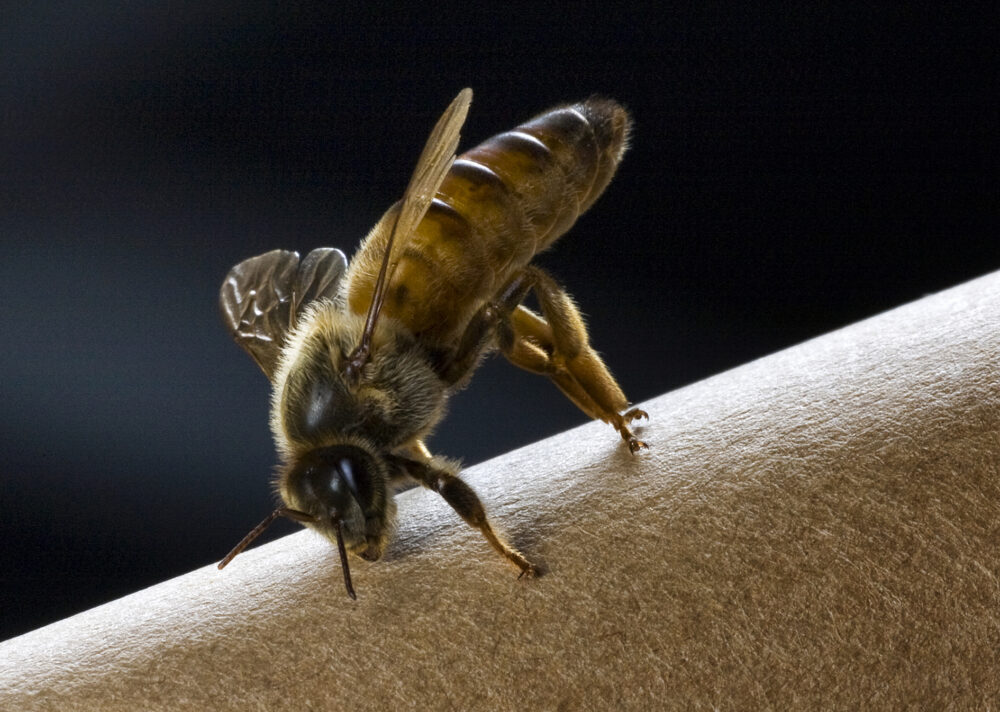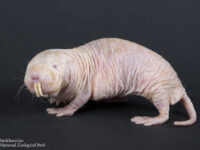At first glance, the sounds and sights of honeybees buzzing about may seem chaotic, but there is actually quite a bit of structure to the roles that each bee plays in a hive. Worker bees do most of the grunt work like cleaning the honeycomb cells, feeding other bees, and collecting pollen. Drones are male bees whose only job is to mate and reproduce, but with whom do they reproduce? That would be the queen bee — the head of the hive. Because there is only one queen bee, when a hive has an underperforming queen or the queen is killed, they need to promptly get to work in crowning a new one.
A honeybee hive may need a new queen for a variety of reasons. Queen bees produce a pheromone, called the queen mandibular pheromone, that they share with the hive by touching, grooming, feeding, and generally interacting with other bees. The pheromone tells the hive that there is no need to build new queen cells. As a queen gets older, she produces less of the pheromone, and the hive knows that soon they will need a new queen. Sometimes the queen bee may not be too old for the hive but is sick or is generally not producing enough pheromone, indicating that she needs to be replaced. Most commonly, this replacement happens in a process called supersedure.
In a dramatic and violent fashion, the first queen to leave her cell visits the other growing queens, stinging them to death while they are trapped in their cells.
Supersedure begins with worker bees building small cups in the hive to lay eggs in. Once the cup has an egg, it is converted into a queen cell. A cell refers to any enclosed space made with beeswax that can store honey, pollen, or raise young bees. Unlike worker and drone cells, the queen cell is larger, and hangs downward off of the honeycomb. From their cell, queen bee larvae are fed royal jelly, a special substance that helps queen bees grow with healthy reproductive organs. After about two weeks, queen bees are fully grown and break free from their cell. During supersedure, multiple cells are prepared with queen larvae. In a dramatic and violent fashion, the first queen to leave her cell visits the other growing queens, stinging them to death while they are trapped in their cells. If there is more than one queen present in a hive at a time, they fight to the death until one queen emerges victorious.
Sometimes, honeybees need to act fast in the event that their queen is suddenly killed or removed from the hive. If this happens, a preexisting cell with a young worker bee larvae is converted into an emergency queen cell. The larvae is fed royal jelly and eventually grows into a queen. Because the cell was originally built horizontally into the honeycomb for a worker bee and is not large enough for a queen, the cell is extended with an outward and downward bend to accommodate for the new queen’s size.
When a hive becomes too crowded, honeybees will perform a process called swarming, where a select group of bees leave with the queen in order to form a new hive. Because the hive’s existing queen has left, a new queen must take over for the remaining bees. The swarm cell process is similar to the supersedure process, but when preparing to swarm, bees make a larger quantity of queen cells than they would for supersedure. Swarm cells are located on the bottom of a honeycomb, while supersedure and emergency cells tend to be more centrally located.
Queen bees play a vital role in honeybee colonies, and losing one for too long can mean the end of a hive entirely. Luckily, bees are a well-equipped species that can handle numerous scenarios indicating the end of a queen’s reign. If humans can learn anything from honeybees, it’s that it pays to bee prepared.
Source: 1
Image Source: Wikimedia Commons






